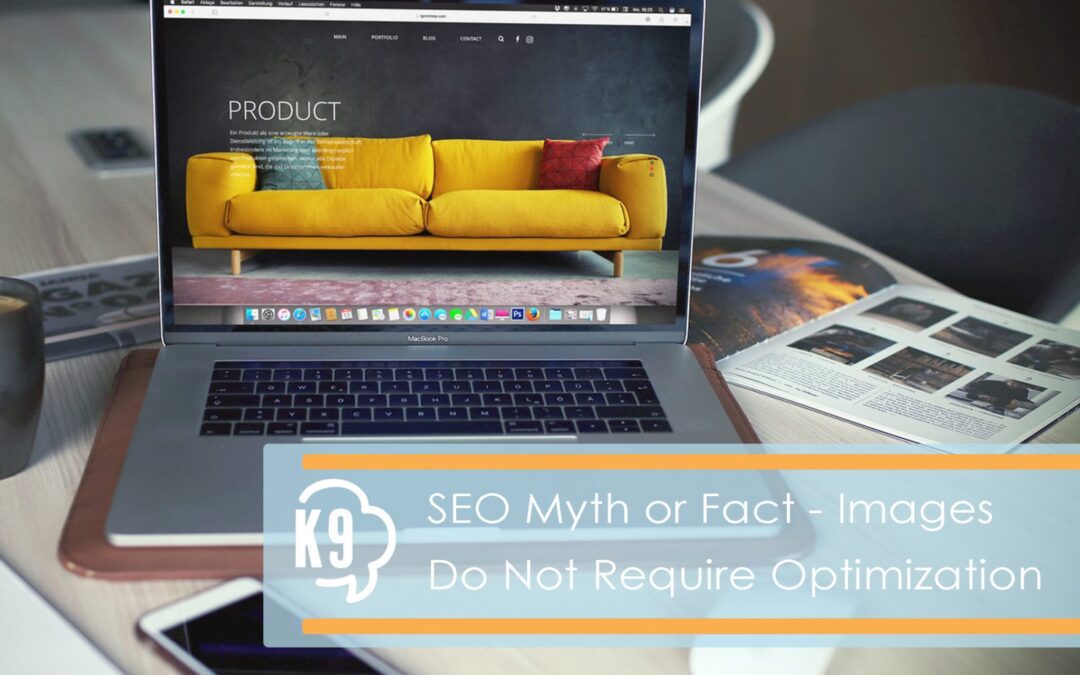As we discussed previously in our lesson on the importance of video content , there are three ways to receive information online: text, video, and images! While it used to be okay to neglect the images on your website, on page SEO is becoming more and more of a determining factor for search engines. Search engines get smarter every single day but they are still not able to see images so it is important to use proper tags and captions to ensure they know what your image is about. Why are images so important to search engines you may wonder? It’s because it’s important to their customers! Google reported that hundreds of millions of people use google images to discover new content each day. Not only do images now largely contribute to website traffic, images also are very factor in website engagement, page load times, and overall user friendliness of a website. If you are not optimizing your images for both users and search engines, you are missing out on quality traffic and increased rankings. Below we dig into three must haves when optimizing your images for the web. Although there are more, these three are the best and most effective places to start.
Properly naming and describing images
It is said that a picture is worth a thousand words… but to Google and other search engines, it is worth absolutely nothing by itself. A human can look at an image and interpret what it is, why it’s there, or what action it’s requesting you take. Unfortunately, a search engine can only go off of the behind the scene factors. What you name your image, how you describe it in captions and more importantly, what you put for your ALT image text are more important than ever. ALT Image text is what a user will see if the image itself will not load for some reason. It is also known as the identity of the image and shows upon hover, and is what is used by screen reading software used by the visually impaired. I’m sure you are starting to understand the importance of this one! It’s not only beneficial to search engines but serves many purposes to users as well. Your ALT text should properly describe, in detail, what the photo depicts. These are prime places to use keywords relevant to the page they are on, so incorporate your keywords when possible.
Properly Sizing your images.
We live in a world where time is of the essence. This generation of internet users is unwilling to wait for a web page to load for more than a few seconds. If your too slow, they will move on to someone who can get the information they are seeking much faster. Sizing your photo file sizes as small as possible without losing image quality is very important. Smaller images load faster which factors into your overall full page load time. There are plenty of third party tools that can help assist with decreasing file size if you are unsure how to go about it.
Use an image sitemap
This one is simple yet often overlooked. An image sitemap will house all of your images in one place. This will alert Google of the images you want crawled and will increase the ability of images to be found that may not have been prior to an image sitemap. You can either create a sitemap specific for images or add image information to an existing XML sitemap. If you are unsure how to do this, ask your web developer. If you use WordPress, there are simple plugins built just for image sitemaps that will walk you through it and do the hard part for you!
As you can see, images not needing proper optimization is definitely a myth. Get to optimizing your images and see the impact it has on your rankings. If you are unsure how to approach or do not have the time, we would be happy to help! We have an excellent SEO optimization team ready to tackle your image optimization.

